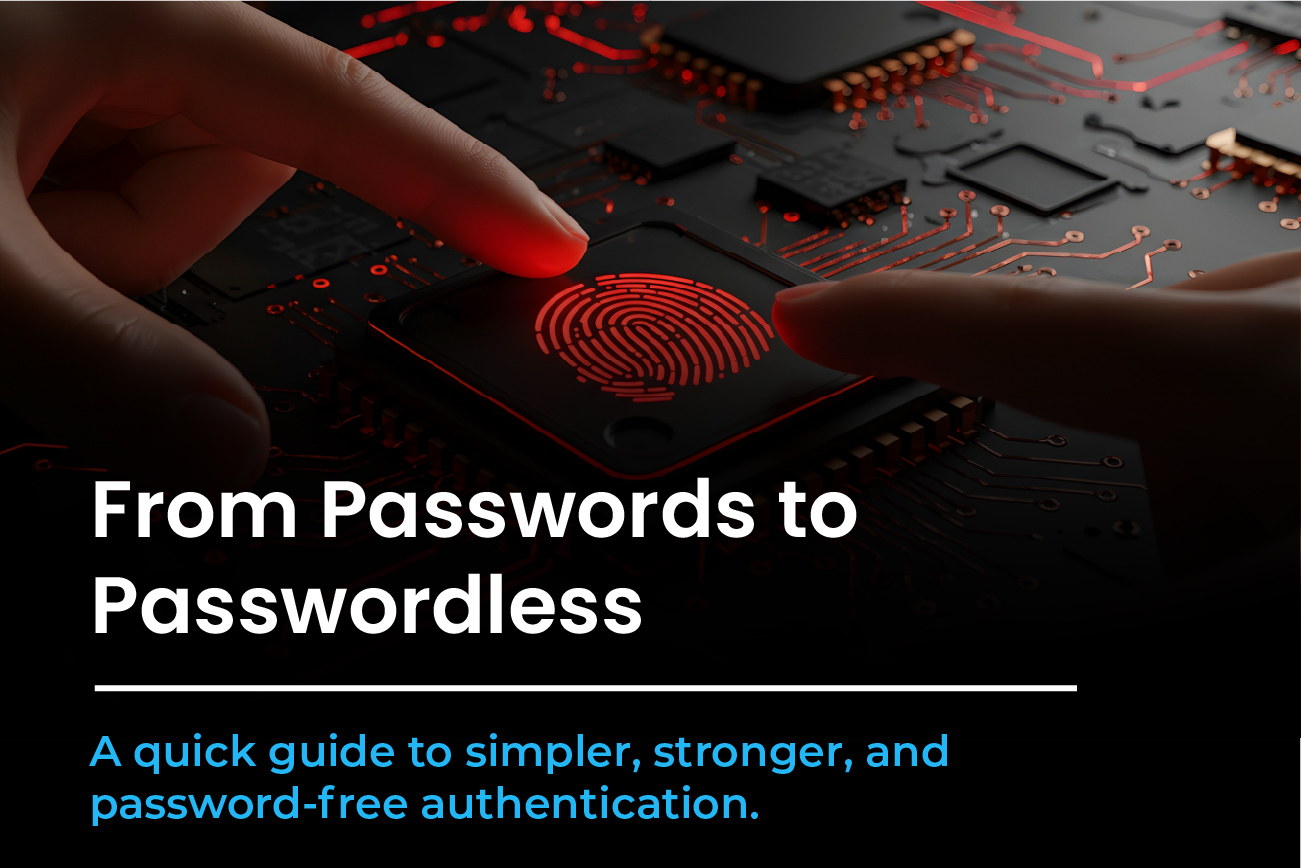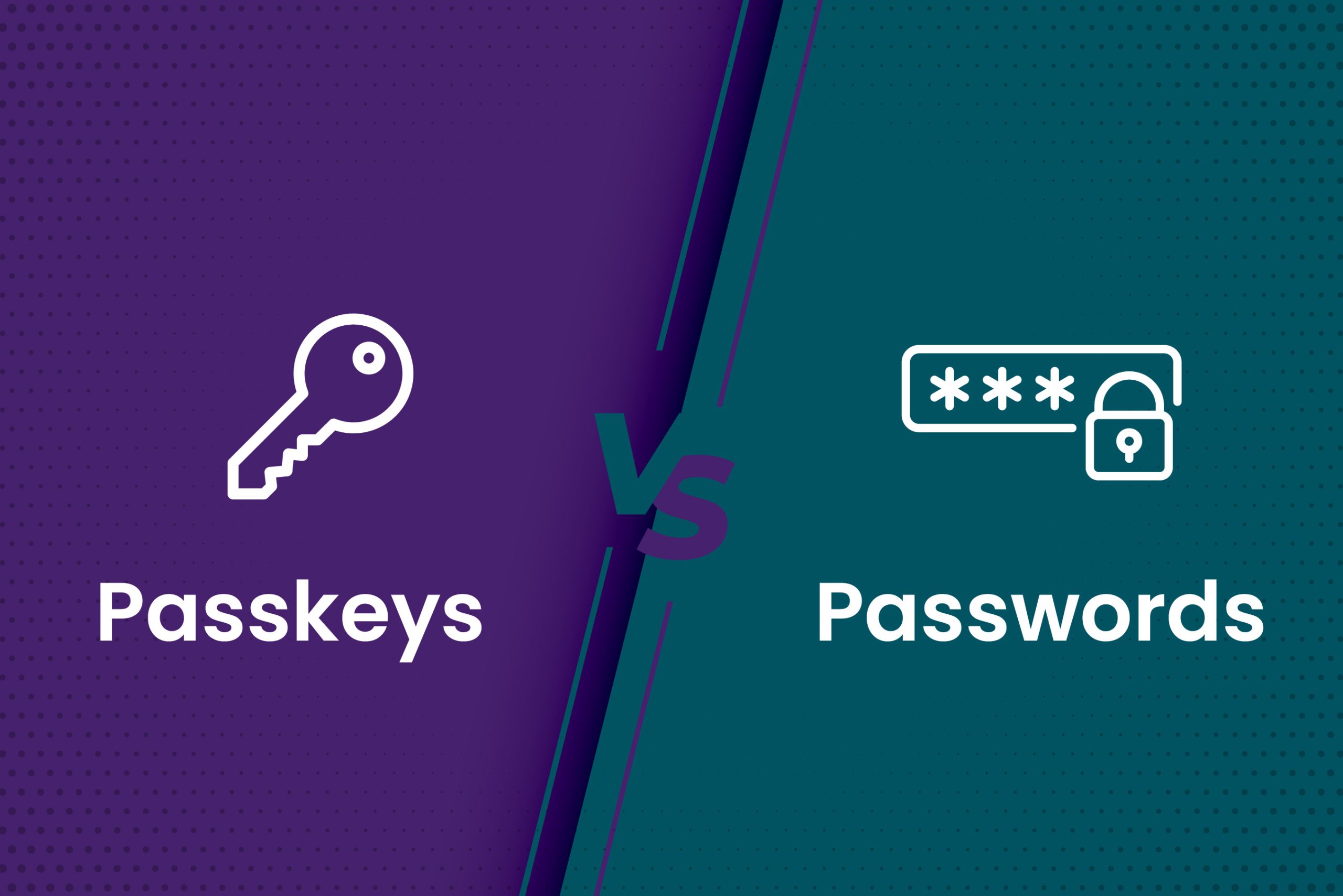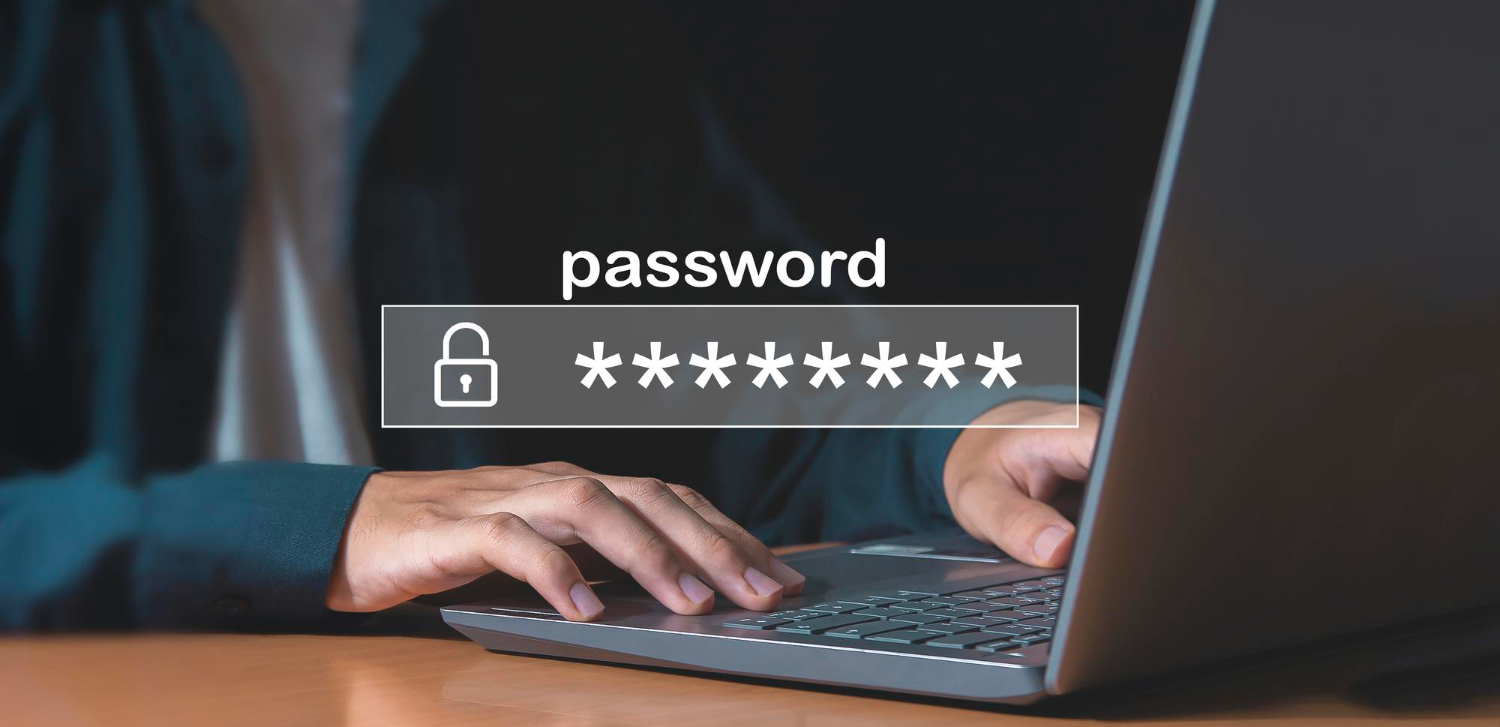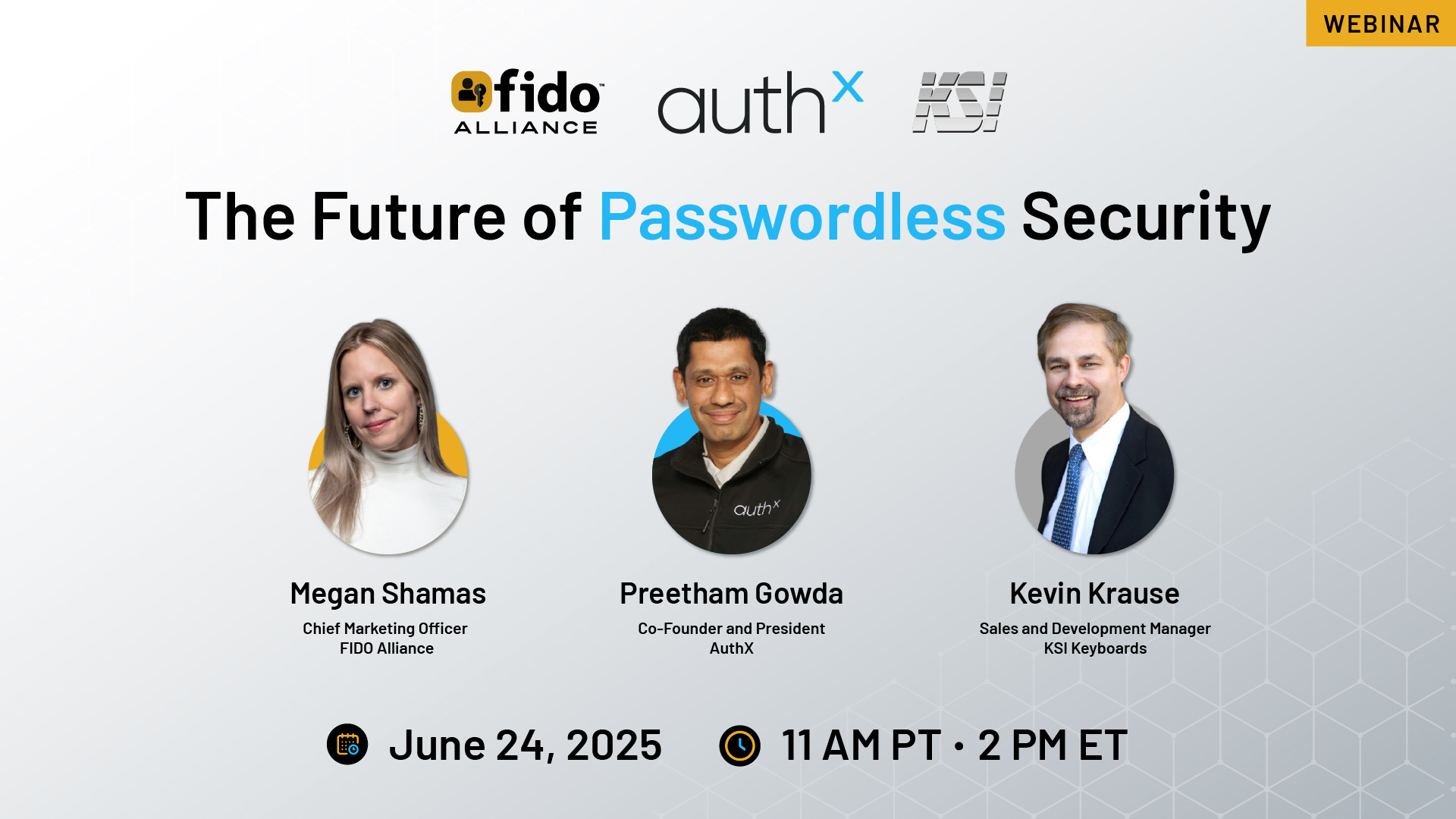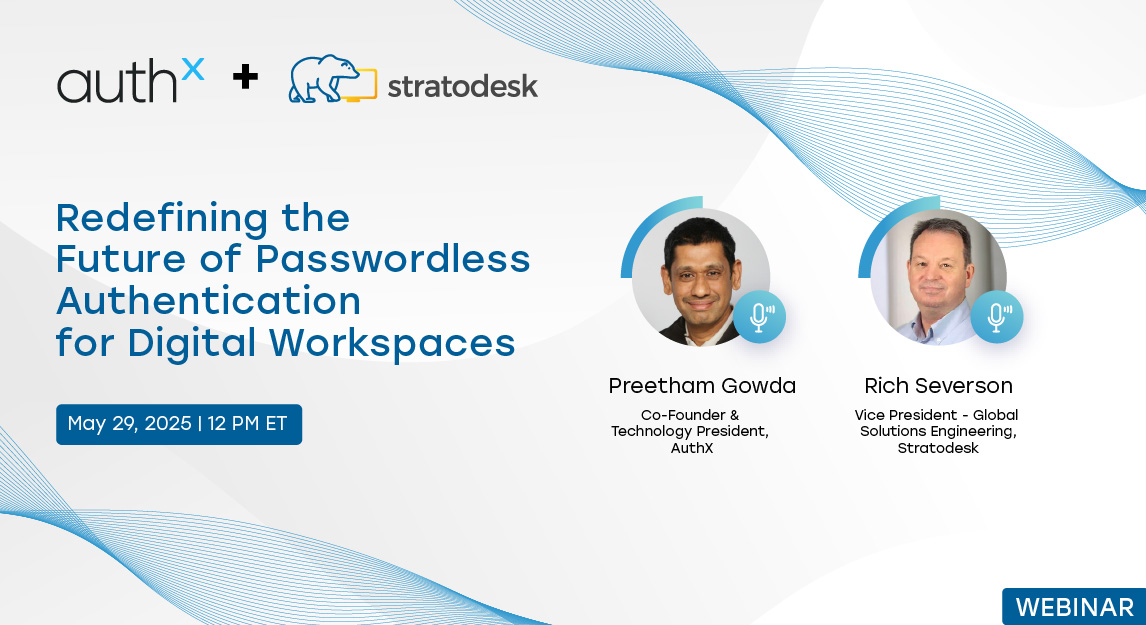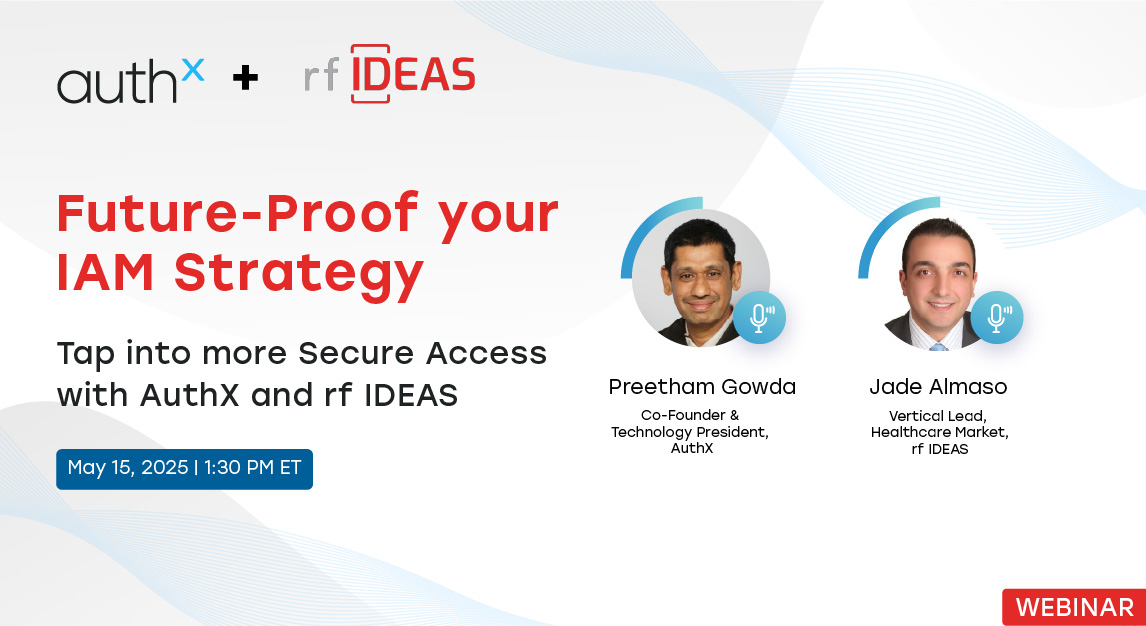Why AuthX Believes the Future of Authentication Should Be Effortless and Intent-Aware!
We’ve seen this play out a hundred times: A user forgets their password. They reset it. They forget it again. The IT team rolls their eyes and resets it again. Then, somewhere in that cycle, someone reuses their Netflix password. A phishing link sneaks in. And before you know it, your SOC team is cleaning up a breach because of one password that shouldn’t have existed in the first place.
If this sounds familiar, you’re not alone. We’ve talked to many enterprise security leaders in the last year, and nearly every conversation begins the same way: “We know passwords are broken, but we don’t know where to start.” Fair enough. The idea of going “passwordless” sounds slick on a keynote slide. But it feels like a leap in the real world, where Active Directory still runs half your business, and users hate change.
But here’s the truth: staying with passwords is the real risk. And the real cost.
A single breach tied to stolen credentials now costs companies an average of $3.37 million. And yet, we keep relying on passwords like they’re still the best option on the menu. In this article, we’ll break down why passwords no longer hold up and what it takes to move toward a smarter, passwordless authentication model.
Why do Passwords still rule (And why that’s a problem)?
We’re not here to villainize passwords for fun. They had their moment. They made sense in the ‘90s. But today, the internet is nothing like it was back then. Work happens on the move, across cloud apps, unmanaged devices, contractor networks, third-party platforms, and your users are logging in from airports, living rooms, and coffee shops in multiple time zones. And yet we’re still relying on secrets that can be guessed, reused, phished, or brute forced. And attackers? They’re wasting no time.
Right now, over 10 million password attacks are happening daily. That’s not hyperbole. That’s the current volume; global, constant, relentless. Credential stuffing is everywhere. According to multiple reports, 73% of organizations face credential stuffing attacks regularly. If you’ve got user-facing systems and even one employee reusing a password, you’re likely already on someone’s botnet radar.
Passwordless Authentication vs. MFA
| Aspect | Multi-Factor Authentication (MFA) | Passwordless Authentication |
|---|---|---|
| Primary Approach | Adds extra verification on top of passwords | Eliminates passwords entirely |
| User Experience | Can introduce friction; users may blindly approve prompts | Streamlined, faster login with biometrics, device, or secure push |
| Security Weak Point | Still relies on passwords as the first layer | Removes the weakest factor; passwords |
| Vulnerability | Susceptible to MFA fatigue and phishing | Resistant to phishing and MFA fatigue |
| Authentication Focus | “What do you know?” | “Who are you?” and “Is this action expected right now?” |
| Philosophy | A tool layered onto legacy systems | A mindset shift towards identity- and intent-based access |
What is Passwordless Authentication?
Passwordless doesn’t mean “turn off all passwords everywhere immediately.” That’s not how transformation works. It means moving toward authentication flows that don’t require passwords as the primary gate. It means using biometrics, device-bound passkeys, secure push notifications, or even QR-based login from a trusted phone. It also means ditching the idea that users must remember things to prove who they are.
And here’s the beautiful part: users prefer it.
Why this isn’t just about Security?
We often frame this topic in terms of risk. And that’s valid; passwordless systems are more complex to compromise. But the more time we spend with customers, the more we realize:
This shift is also about speed, productivity, and experience.
Your developers want faster access to the environments they use every day. Your clinicians don’t want to fumble with logins in the middle of a hospital shift. Your CFO doesn’t want to approve another password to reset the budget. Passwords slow everyone down. And when they fail (which they do), the ripple effect touches every team. This is where passwordless becomes more than a cybersecurity upgrade, it becomes a business enabler.
Challenges of Going Passwordless
This is the part we find fascinating.
Everyone agrees that passwords are a problem. Everyone agrees that passwordless is better. And yet, the adoption curve is slow. Why?
From what we’ve seen, it comes down to three fears:
- Our infrastructure is too old. It would surprise you how many hybrid environments can already support passwordless authentication. With solutions like AuthX, you can roll out passkeys or push notifications on top of legacy systems without ripping and replacing everything.
- Our users won’t like it. Here’s the twist: they actually do. Once users try biometric login or tap-to-approve flows, they prefer them. The trick is how you roll it out; start with high-friction user groups, educate them well, and let word-of-mouth do the rest.
- What if it breaks? Fair concern. That’s why fallback methods and secure recovery flows matter. AuthX builds those in from day one. Passwordless should never mean account-lockout hell.
How to start the Journey (Without breaking everything)
Let us walk you through what we’ve seen work.
You don’t start by flipping a switch across the whole organization.
You start by identifying high-impact groups; engineering teams, finance, IT admins and improving their login experiences.
From there, you build:
- Authentication flows that match user context. A desktop in your HQ gets a different challenge than a smartphone in another country at 2 a.m.
- A safe fallback plan, but not overkill Maybe you keep passwords available for specific systems during the transition, but don’t advertise it.
- A user education strategy that doesn’t suck No PDFs. No jargon. Just clear instructions and fast support when things get weird.
This is where AuthX makes a big difference. Because we’ve built our platform to support phased rollouts, legacy compatibility, and real-time policy enforcement, teams can go passwordless without going “all in” from day one.
What makes AuthX Different?
There are plenty of players in the passwordless space. So let me be blunt: here’s why we think AuthX is worth your time.
We don’t force a single method.
Some users want biometrics. Some prefer device-based passkeys. Some need QR flows. We support all of it.
- We integrate with your mess. Hybrid cloud? On-prem AD? Shared workstations in hospitals? We’ve seen it all and built for it.
- We care about intent. It’s not just about verifying who the user is, it’s about what they’re trying to do. Downloading 20,000 records at midnight? That triggers a different policy than a login from your known office IP at noon.
- We make it human. This stuff shouldn’t feel robotic. We design AuthX to feel seamless, not scripted.
The Future of Passwordless Authentication
The UK government has already committed to using passkeys across citizen services. Apple, Google, and Microsoft are creating passwordless standards in their ecosystems. Large financial institutions are rolling out biometric logins across their workforce and customer apps. This isn’t some five-year-out dream. It’s already happening. The only question is: will you lead or lag behind the shift?
Ready to Embrace the Future of Authentication? Let’s Talk
If you’re even thinking about this transition, we should connect now.
We’ll show you what a phased rollout looks like, help you map the right authentication methods to your risk tiers, and be honest about what’s hard because that’s how real transformation happens.
Passwords have had their run. It’s time to move on with intent, with clarity, and with a partner who’s done it before. Start your passwordless journey with AuthX. Because security should be smarter, and login should feel like magic.
FAQs
Is passwordless authentication more secure than using MFA?
Yes, because it eliminates the weakest link: the password itself. Unlike traditional MFA, passwordless authentication resists phishing, MFA fatigue, and credential stuffing attacks.
Will going passwordless disrupt users or make login harder?
Not at all. Users prefer passwordless methods like biometrics or tap-to-go because they’re faster, simpler, and more intuitive than remembering complex passwords.
Can we go passwordless if we still use legacy systems like Active Directory?
Absolutely. Platforms like AuthX integrate with on-prem AD and hybrid environments, letting you phase in passwordless authentication without replacing everything overnight.
What happens if a user loses their device or biometric fails?
Passwordless doesn’t mean “no recovery.” Secure fallback methods like QR login, hardware keys, or admin approval can be used without returning to passwords or sacrificing account access.

